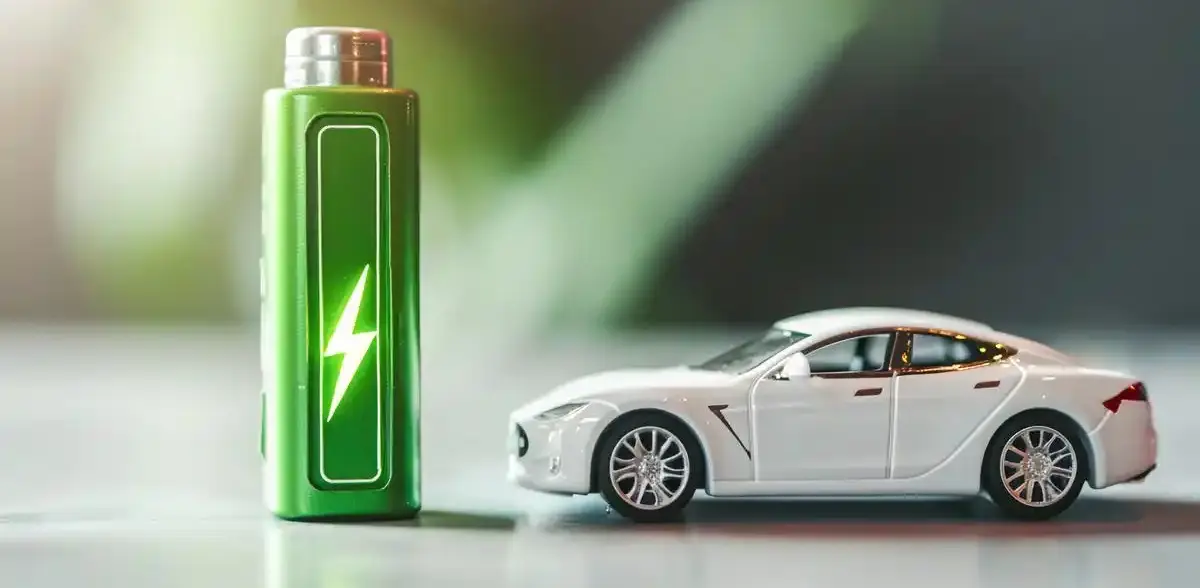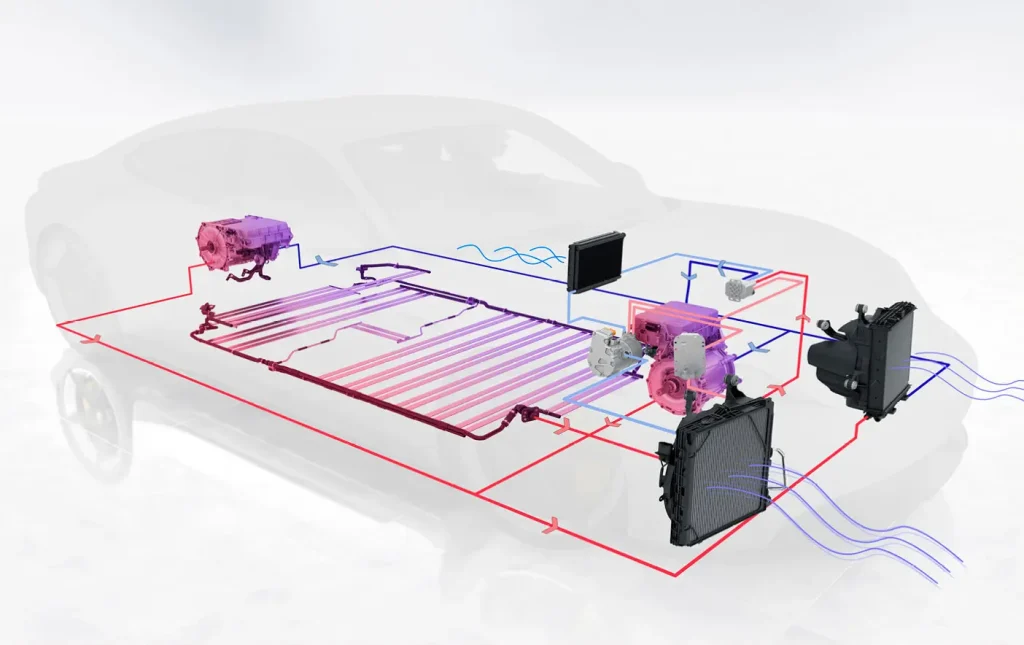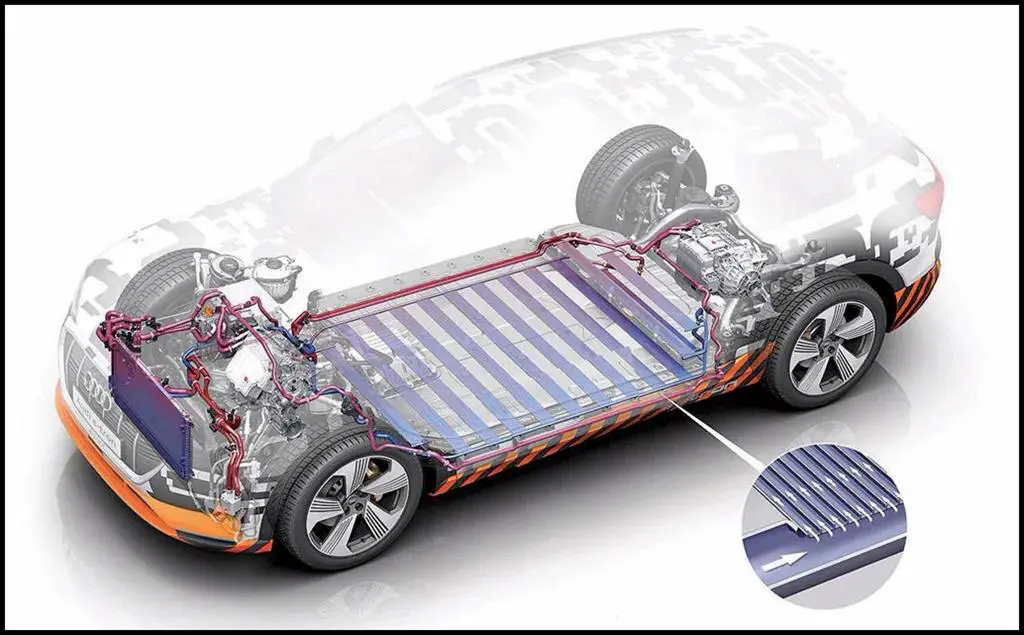
Understanding the Role of Thermal Management in Battery Safety, Performance, and Longevity

Have you ever experienced these frustrating EV moments?
- On a cold morning, your range suddenly drops by half even though the battery is fully charged—thanks to the heater.
- In the peak of summer, fast charging slows dramatically with a warning: “Battery too hot, charging speed reduced by 50%.”
- Your new EV once had 400 km range, but after two years, it’s a mystery box—you never know when and how much it will drop.
Behind all these problems lies an unsung hero: the thermal management system. If the Battery Management System (BMS) is the brain, then TMS is the sweat gland, silently regulating temperature. Whether in -30°C snowfields or 50°C deserts, the thermal management system builds an invisible “comfort zone” that keeps batteries operating safely and efficiently.
This article will show you:
- 🔋 How the thermal management system keeps your battery cool in summer and warm in winter
- 🔥 The secret tech carmakers don’t want to talk about
- 🚗 3 easy ways to test your car’s thermal regulation ability
After reading, you’ll understand those charging screen warnings—and even predict the next time range anxiety will strike.
Why Battery “Body Temperature” Matters
In summer, the AC is blasting, but the seats are hot enough to fry an egg. In winter, the heater is cranked up, but your EV range drops like a rock. This is what your battery goes through:
- High temps (>45°C): Lithium ions get hyperactive, risking thermal runaway (a.k.a. fire hazard)
- Low temps (<0°C): Batteries freeze up—can’t charge, can’t discharge, and range plummets
That’s where the thermal management system comes in—like your body’s sweat glands. It cools or heats as needed to keep your battery in its sweet spot: 20–35°C.
How Thermal Management Systems Work

Cooling: Like Installing Air Conditioning in a Battery
- Air Cooling: Uses fans to blow air; simple and cheap but inefficient (like fanning yourself)
- Liquid Cooling: Circulates coolant to remove heat; fast and even cooling (like blood circulation)
- Direct Refrigerant Cooling: Sends refrigerant directly over the battery pack; most effective but costly (like applying ice packs)
Tesla’s liquid-cooled serpentine tubing and BYD’s direct refrigerant cooling are clever examples of keeping batteries chill.
Heating: A Winter Survival Kit for Your Battery
- PTC Heating: Electric resistive heating of coolant; simple but power-hungry (like a space heater)
- Heat Pump System: Extracts ambient heat; 3x more efficient (like a reverse-cycle air conditioner)
- Pulse Self-Heating: Generates internal heat via current pulses; fast and even (used in NIO ET7 and other cutting-edge models)
Is Your EV’s Thermal System Up to Par? Try These 3 Self-Checks:
- Charging Speed: Does winter charging take forever? Poor thermal management limits charging power in cold weather.
- Touch the Battery Area: After aggressive driving, is the battery pack hot to the touch? Poor cooling may be the culprit.
- Seasonal Range Drop: Do you see more than 30% range swing between winter and summer? A good thermal management system minimizes seasonal impact.
Pro Tips:
- Preheat your battery via app before winter driving
- Let the battery rest 10 minutes after fast charging in summer
- Keep battery at ~50% if the vehicle will sit idle for a long time
What’s Next for Thermal Management?
- Smart Thermal Control: Uses navigation data to predict your driving and precondition the battery (e.g., preheating before highway driving)
- Waste Heat Recovery: Uses heat from braking and motors to warm the battery in cold weather
- Phase Change Materials: Embedded in battery packs, they absorb heat when melting and release it when solidifying—a futuristic thermal sponge
Final Thoughts: The Thermal Management System as a Lifeline
If BMS is the brain, the thermal management system is the sweat gland, doing the gritty, essential work. Without it, even the best battery can catch fire in summer or freeze in winter. So next time you’re frustrated by range loss, remember the hidden hero working hard behind the scenes: your battery thermal management system.
